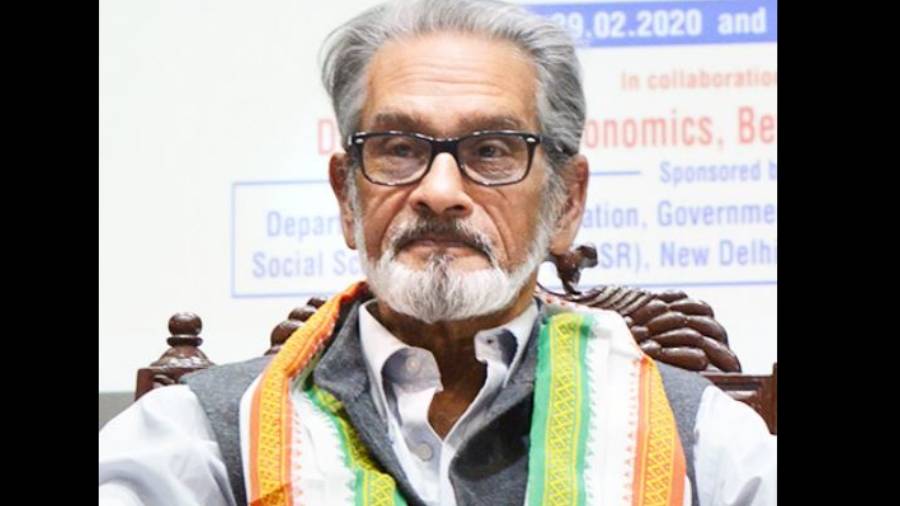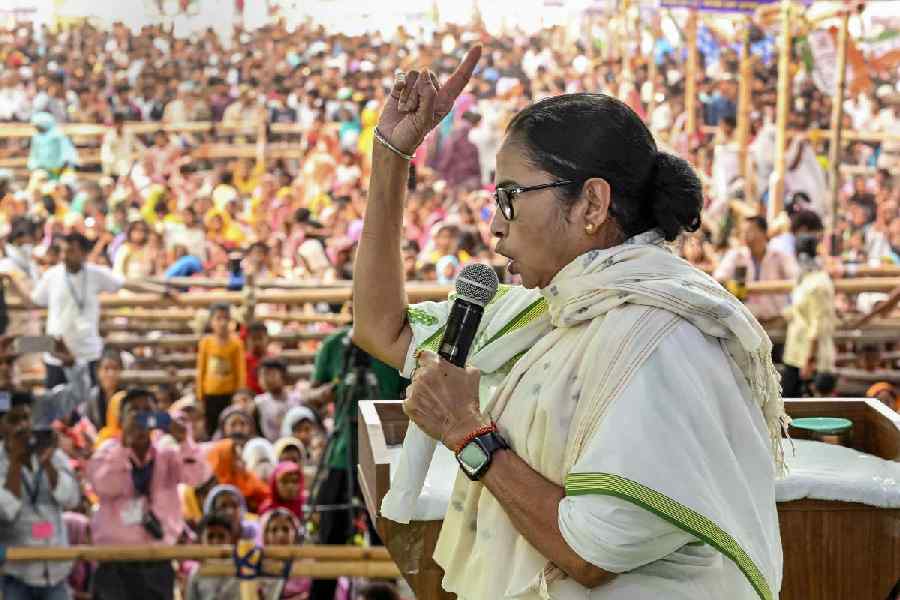Economist Pronab Sen, who was the first chief statistician of India, has flagged off the asset-liability mismatch in the banking sector arising from different tenors of loans and deposits as a crisis that is “waiting to explode”.
Speaking on Tuesday evening at the foundation day event of Bandhan Bank, Sen said that there are two broad banking models — one which covers commercial banking and investment banking separately and the other being universal banking where a single lender does both. While India had initially adopted the first model, it later migrated to the universal banking model in the early 90s and dismantled development financial institutions.
“The banking laws were not changed at all to accommodate the shift,” Sen said adding that even after 20 years of universal banking, the only source of funds for a bank today is deposits. The average tenor of deposits is 2.5 years. In contrast, the average tenor on the asset side has increased from 9-12 months to around 9 years as the major share of lending has shifted to long-term fixed capital financing from working capital financing with the latter’s share falling to 35 per cent from 70 per cent.
“We have a massive asset-liability mismatch that can explode at any moment,” Sen cautioned adding that the same has not happened yet because the largest chunk of the banking is still with the public sector. He further said that banks should be allowed to raise money from the capital market in line with the laws in Japan and Europe.
Talking about the adverse impact of the Covid-19 pandemic, Sen said that it had badly affected the MSME sector which is in dire need of rebuilding and a big problem in the path of their recovery is the unwillingness of the banks to lend to a vast majority of MSMEs because of the risk profile of these units. “Earlier, we had the nonbank financial companies (NBFCs), who used to fill this gap. But today, NBFCs are just as much in trouble as the MSMEs. The relationship between banks and NBFCs is not a healthy one,” he said.
“The relationship between banks and NBFCs really needs to be not of borrowers and lenders, it should be that of partners. Sen also said that a weaker MSME sector has made way for more pricing power by large corporates vis-a-vis their contribution to employment generation.
“A large chunk of the market share has moved into the hands of corporate India which has led to a significant increase in the pricing power of the corporates. The kind of competition they were getting at a local level from the non-corporate entities is no longer there. So the ability to pass on the cost increases entirely to the consumers has become very much possible today. That is not going to get any better unless the MSME sector comes back,” Sen said.










